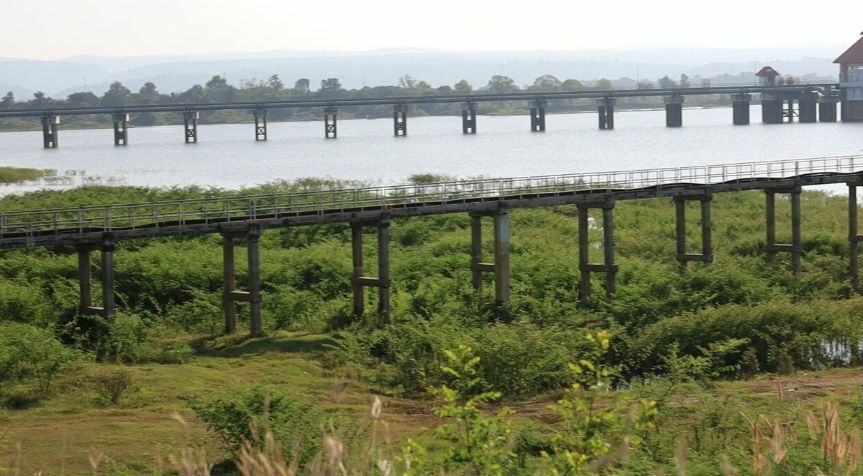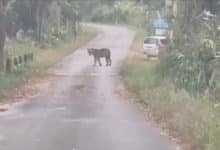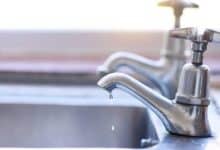Lam Chae reservoir: Halting off-season rice cultivation for water relief

The water crisis at Lam Chae reservoir in Nakhon Ratchasima has eased, with local authorities rushing to reserve water for the upcoming dry season. They have ceased water release and urged local farmers to halt off-season rice cultivation due to the reservoir’s water level being just half of its capacity.
Lam Chae reservoir in Khro Buri district, Nakhon Ratchasima, is currently managing water levels for the impending dry season. Presently, the reservoir’s water volume stands at 155 million cubic metres, a mere 53.71% of its total 275 million cubic metre capacity. This is a stark contrast to previous years when the reservoir was filled.
Plans for water usage during the upcoming dry season include environmental conservation around the Lam Chae reservoir via 38 kilometres of irrigation canals, amounting to 15 million cubic metres. Additionally, 7 million cubic metres will be used for domestic consumption and drinking water production by the Provincial Waterworks Authority and Nakhon Ratchasima municipality.
A further 10 million cubic metres will be allocated for agriculture, maintaining fruit trees and perennial plants, one million cubic metres for industries, and 15 million cubic metres for evaporation and seepage. The reservoir has reserved an additional 48 million cubic metres of water for the dry season.
Predictions state that by May 1, the Lam Chae reservoir will have approximately 147 million cubic metres of stored water. During this period, rainfall is expected which will provide sufficient water for farmers to cultivate rice during the rainy season of this year, covering over 98,500 acres, reported KhaoSod.
However, for the current year, the Lam Chae reservoir must cease water distribution for off-season rice cultivation, and instead, focus on maintaining the fruits and economic trees of the Khro Buri district, particularly the vast number of durian trees.
The El Niño phenomenon has resulted in less rainfall within the Lam Chae reservoir area, which receives water from Thap Lan National Park, falling below the annual average of 1,080 millimetres to just 700 millimetres this year. This has led to less water flowing into the reservoir, necessitating systematic water management. Despite this, there will be enough water for domestic and industrial consumption this year.
Latest Thailand News
Follow The Thaiger on Google News:


























